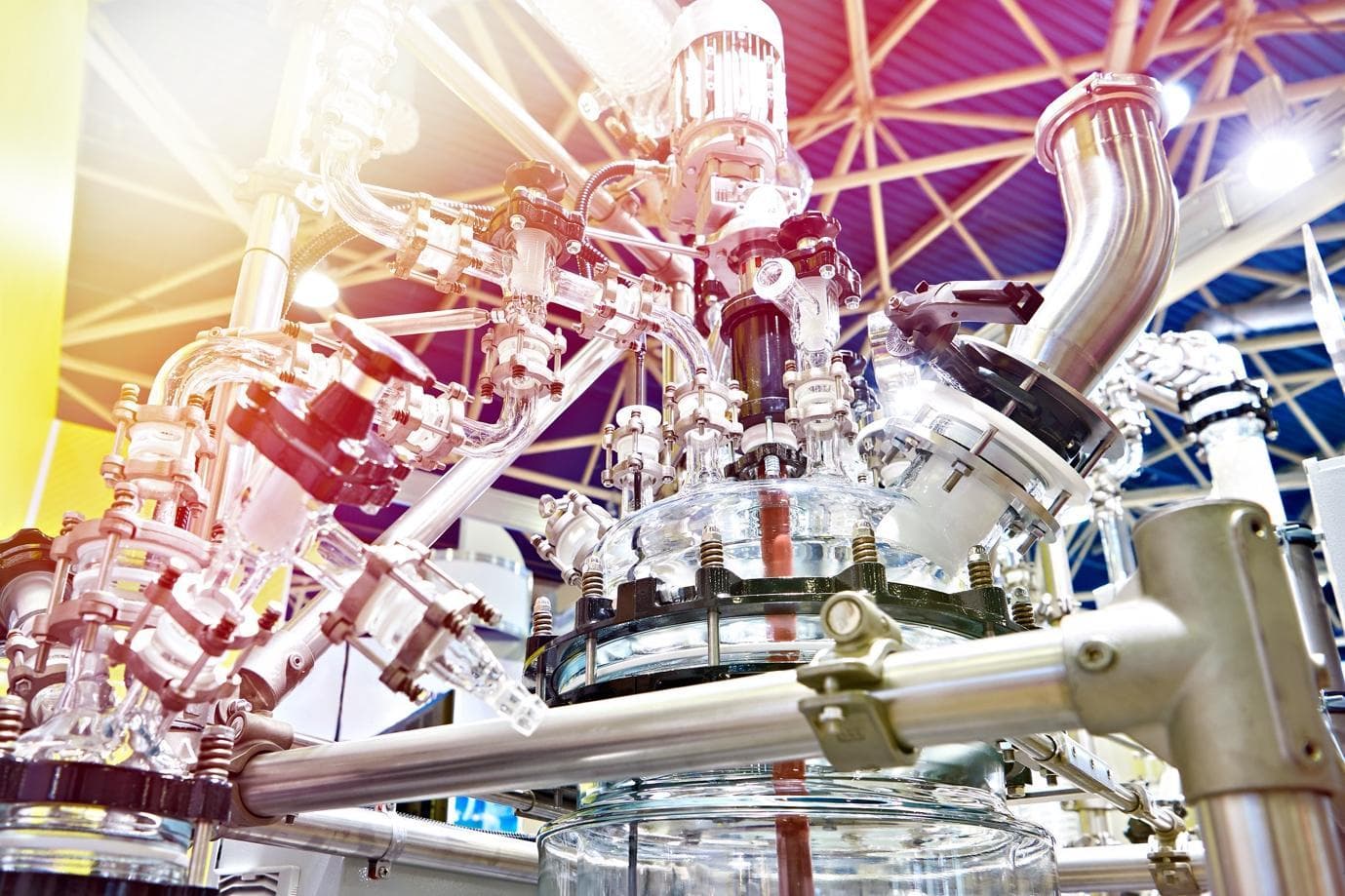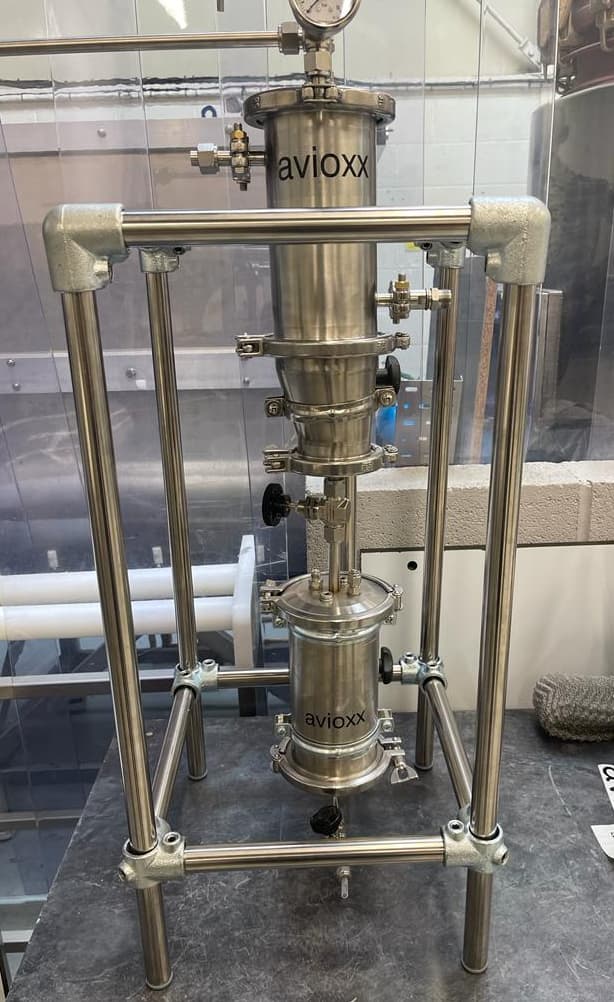Here’s the science - How we make fuel from waste

At Avioxx, we are developing a solution to keep traveling on airplanes without damaging the planet: divert the millions of tonnes of waste destined for incineration or landfill into our process to make sustainable aviation fuel (SAF).
The Avioxx process to turn waste into high-value SAF is based on a novel and patented system. In this article, we explain the engineering principles behind transforming waste into fuel and why the introduction of the highly innovative elements of our approach – a fuel cell and an electrolyser – allows for economic and efficient production.
Breaking down waste into synthesis gas
The process starts with breaking down the waste materials using heat, air (oxygen) and steam in a process called gasification. This is where solid, carbon-rich waste gets turned into synthesis gas or syngas, which contains carbon monoxide and hydrogen.. Gasification can be thought of as an incomplete combustion process in which air is limited. This same process was used in the UK to turn coal into syngas (called ‘town gas’) which was used for cooking and heating before natural gas replaced coal. Below is a simplified chemical equation for gasification of a typical carbonaceous material represented as CnHmOp:
CnHmOp + XO2 + YH2O → nCO + ZH2 + other species
Rebuilding the molecules into jet fuel
Having broken down the waste, the newly formed molecules now need to be rebuilt into aviation fuel. The syngas goes into a Fischer-Tropsch reactor, where a polymerisation reaction occurs. With the help of a catalyst, the carbon monoxide and hydrogen gas molecules combine to form long-chain hydrocarbons that can be used for fuel. These hydrocarbons from the Fischer-Tropsch reactor come in various sizes, meaning different types of fuels can be produced from this mixture. When heated to the right temperature, the exact molecules for jet fuel represented by the chemical formula CnH2n+2 where n is roughly in the range 6 to 12, can be isolated.
(2n + 1) H2 + n CO → CnH2n+2 + n H2O
By fine-tuning this process we can improve the quality of fuels from both an environmental and a performance perspective.
Bench scale demonstrator Fischer-Tropsch reactor

The patented configuration: introduction of a fuel cell and electrolyser
We introduce two reactors that set us apart from traditional waste-to-liquid processes. A solid oxide fuel cell powered by the syngas generates electricity to power an electrolyser, which splits water into hydrogen and oxygen.
Gasification with pure oxygen
Traditionally, gasification is done using air, which carries four times as much nitrogen as the oxygen required for the reaction. With an electrolyser, a pure oxygen stream can be generated and used in the gasification process, introducing a much more effective way to break down the waste.
Electricity + 2H2O → 2H2 + O2
Meanwhile, the hydrogen produced by the electrolyser can be added to the syngas to increase the amount of hydrogen feed to the Fischer-Tropsch reactor. This achieves the right ratio of the two gases (carbon monoxide and hydrogen). Gasifying with pure oxygen also facilitates the capture any CO2 in the syngas since it is not diluted with nitrogen. The absence of nitrogen also enables a smaller plant to be built.
Environmental benefits of using wastes
By diverting wastes from landfill, methane emissions can be reduced. By removing plastics from the oceans, algae growth is stimulated which, in turn, increases the amount of CO2 that can be removed from the atmosphere. Overall, diverting wastes from incineration reduces the amount of greenhouse gases emitted.
A superior process compared to the competition
What distinguishes us from competing processes is the innovative way we configure the various components to make a process that is more efficient. This means we can make SAF at a fraction of the cost of our competitors.
By generating our own electricity with a fuel cell, we significantly reduce the manufacturing cost of fuel in comparison to those competitors who use large amounts of external electricity. Our approach offers a scalable and efficient means of producing sustainable aviation fuel from low-cost waste inputs. Our advanced control system ensures manufacturing consistency and stability.
Solving two serious environmental challenges with one process.
With our novel process, we can address waste disposal challenges and produce high-performance, sustainable aviation fuel cost-efficiently and effectively. We solve two serious environmental problems in one fell swoop.
If you’d like to learn more about the bespoke and patented Avioxx system then please do get in touch: info@avioxx.com